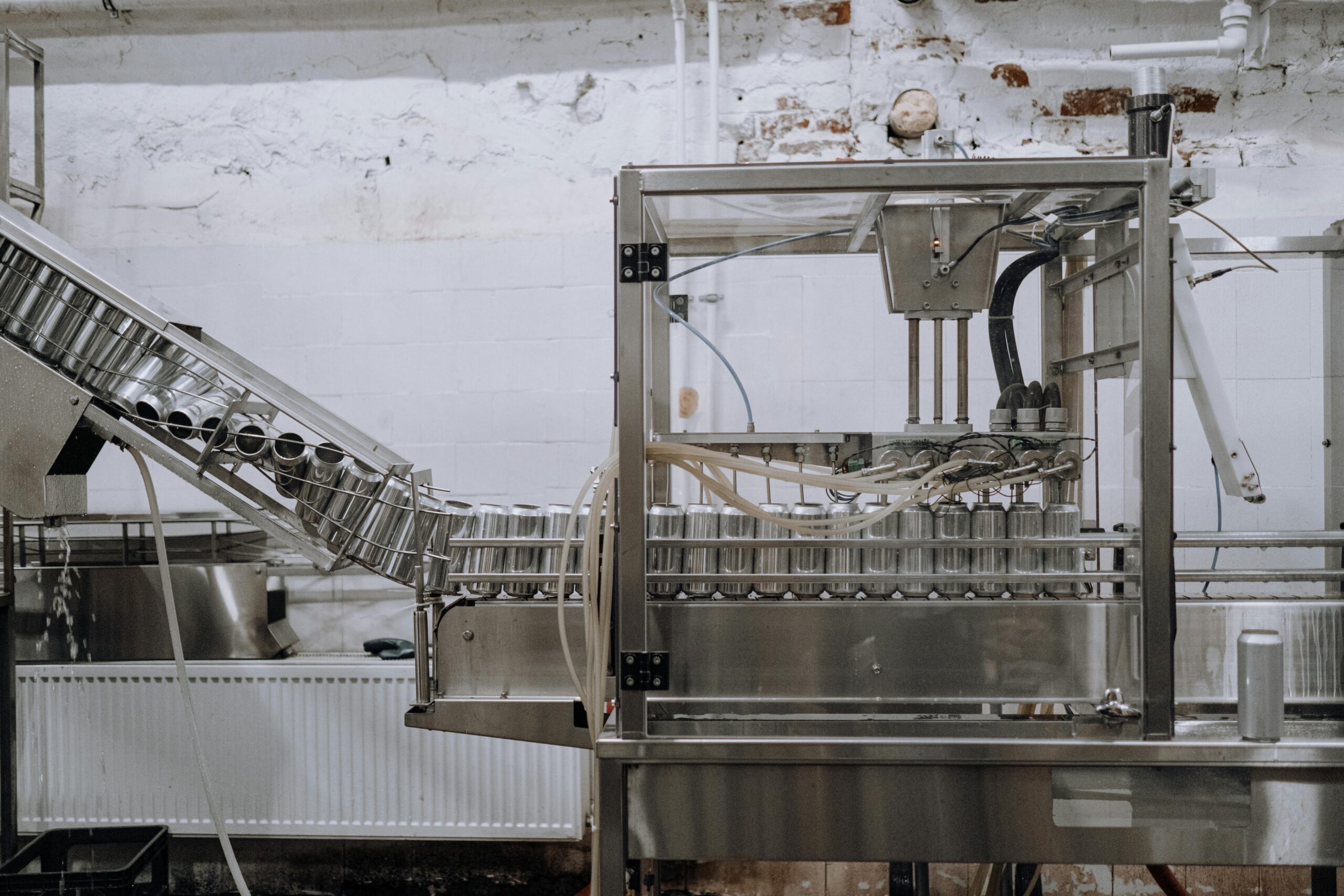Plastic extrusion is a fundamental process in manufacturing that transforms raw plastic materials into a wide range of products used in various industries. Understanding the intricacies of the extrusion process is essential for manufacturers seeking to optimize production efficiency and product quality.
In this comprehensive guide, we’ll delve into the extrusion process’s principles, components, and applications to demystify its complexities.
Introduction to the Extrusion Process
At its core, the extrusion process involves converting thermoplastic materials from solid to molten and then shaping them into continuous profiles or products of desired cross-sections. The process is facilitated by an extruder machine, which consists of several key components, including a hopper, screw, barrel, die, and cooling system.
Key Components of the Extrusion Machine
The extrusion machine’s primary component is the screw, which rotates within a heated barrel, gradually melting the plastic material as it moves forward. This controlled melting process ensures uniformity in temperature and viscosity, which is essential for achieving consistent product quality.
The extruder’s design may vary depending on the specific requirements of the desired output, with single-screw and twin-screw configurations being the most common.
Steps of the Extrusion Process
- Material Feeding: The process begins with introducing raw plastic material, typically pellets or granules, into the extruder’s hopper. From there, the material is gravity-fed into the barrel, where it undergoes heating and melting.
- Melting and Mixing: Inside the barrel, the plastic material is subjected to heat generated by electric heaters or frictional forces induced by the rotating screw. As the material progresses along the screw, it undergoes melting and mixing, ensuring homogeneity of temperature and composition.
- Pressure Build-Up: As the molten plastic moves towards the die, pressure builds up within the barrel, facilitating the extrusion of the material through the die opening. The die imparts the desired shape and dimensions to the extruded product, determining its final properties and characteristics.
- Cooling and Solidification: Upon exiting the die, the hot extrudate is cooled off using air- or water-cooling systems, solidifying it into the desired shape. The cooling process is critical for maintaining dimensional stability and preventing deformation of the extruded product.
- Cutting and Finishing: Once cooled, the extrudate undergoes cutting or shaping to achieve the desired length or form. Additional finishing operations, such as surface treatment or printing, may be performed to enhance the product’s aesthetics or functionality.
Applications of the Extrusion Process
The versatility of the extrusion process lends itself to a wide range of applications across various industries. Some common products manufactured through extrusion include:
- Pipes and Tubing: Because they are long-lasting, resistant to corrosion, and simple to install, extruded plastic pipes are frequently used in the building, irrigation, and plumbing sectors.
- Profiles and Trim: Extruded profiles and trimmings find applications in architectural, automotive, and consumer goods sectors, serving as structural components, decorative elements, or protective covers.
- Films and Sheets: Thin plastic films and sheets produced through extrusion are used in packaging, agriculture, and medical industries for applications such as wrapping, sealing, and protective barriers.
- Extruded Rods and Bars: Solid plastic rods and bars are extruded for machining, fabrication, and construction applications where high strength, dimensional accuracy, and chemical resistance are required.
Conclusion
Plastic extrusion is a versatile and cost-effective method for producing a wide range of plastic products with precise dimensions and properties. By understanding the principles and components of the extrusion process, manufacturers can optimize their production processes, enhance product quality, and explore new opportunities for innovation across various industries.

